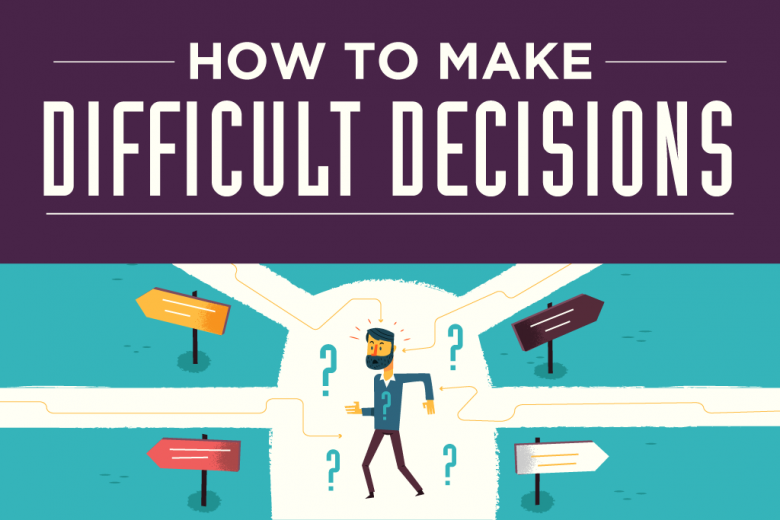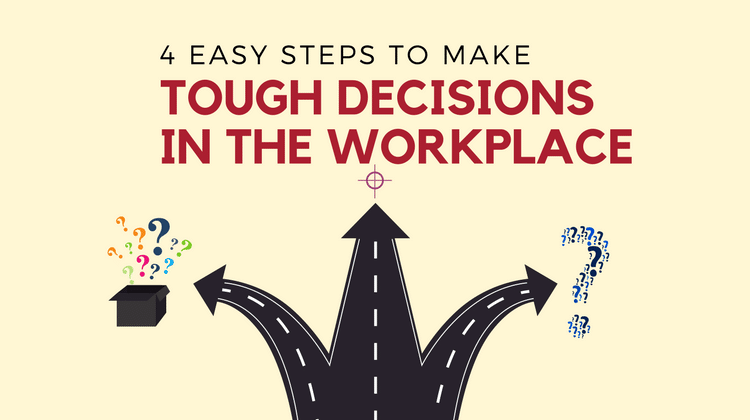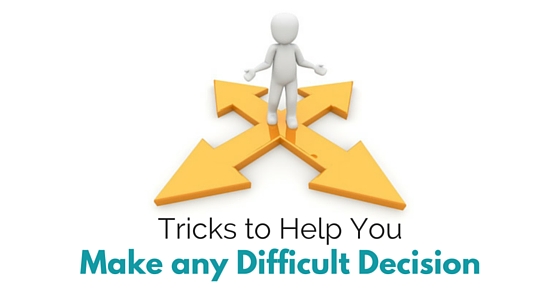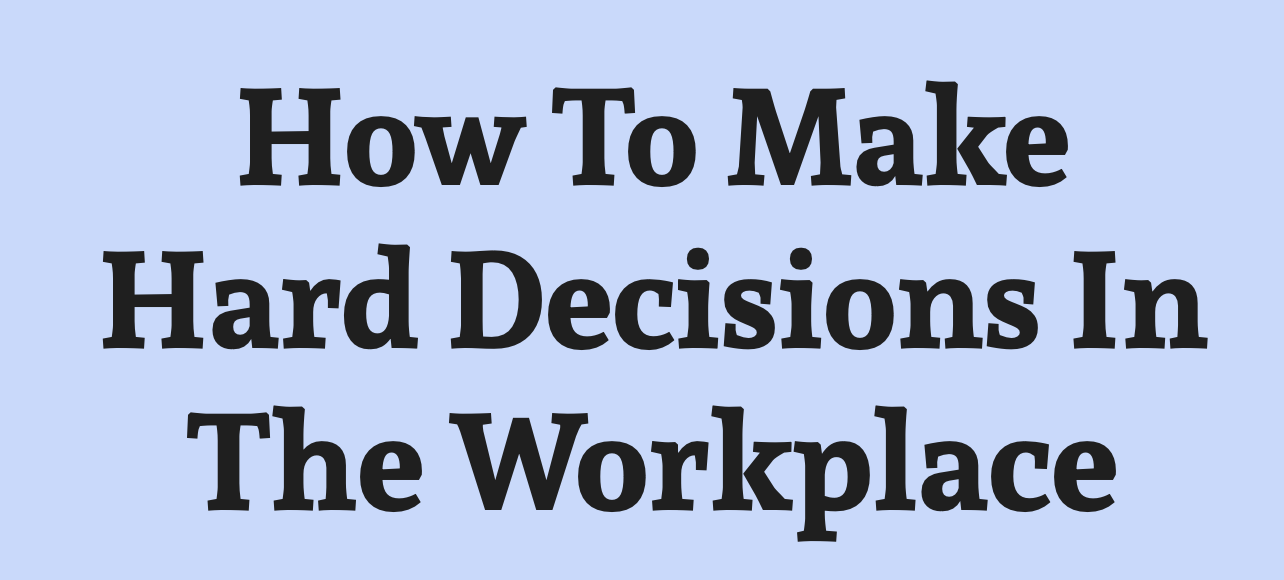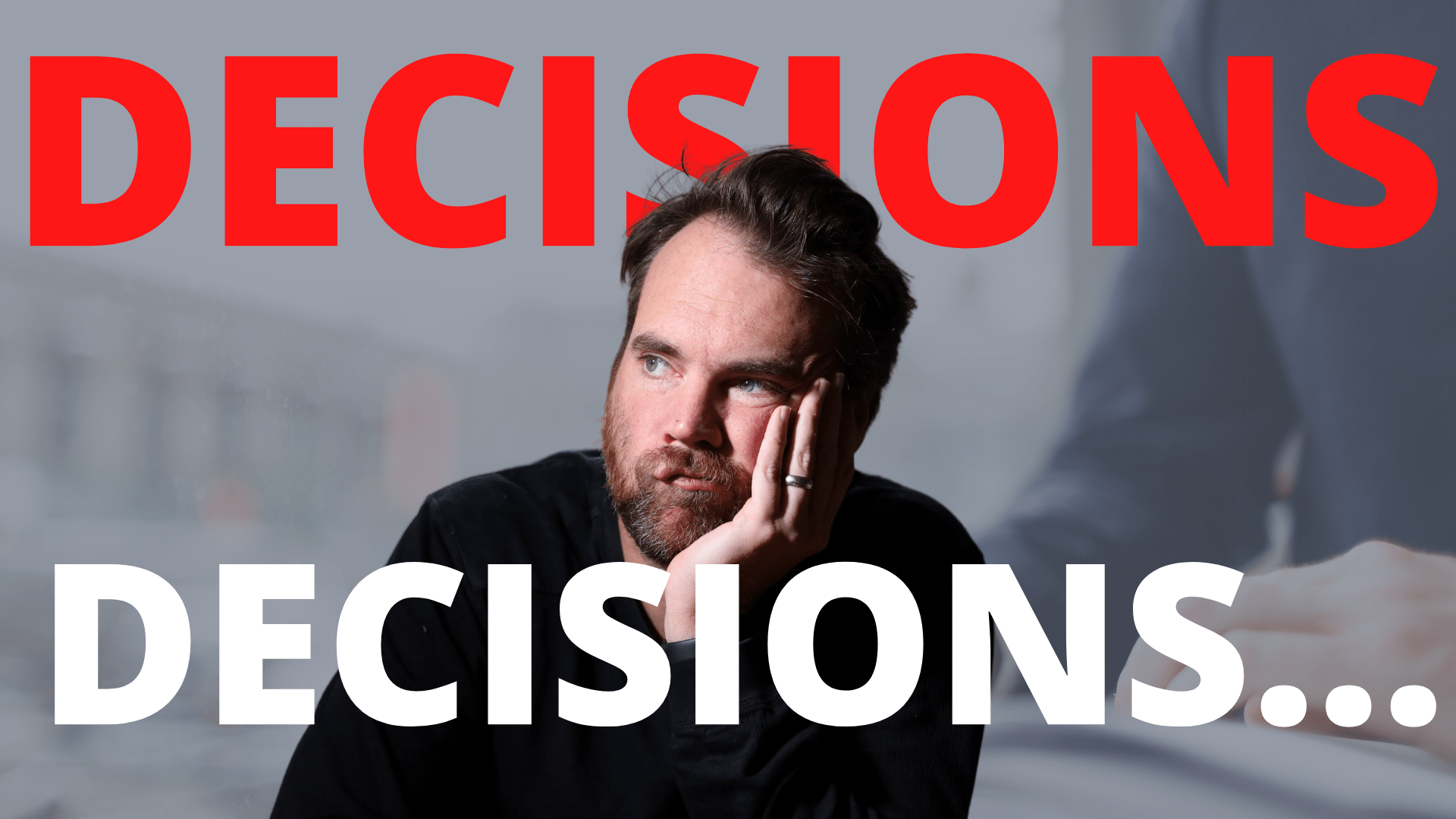How To Make Difficult Decisions At Work
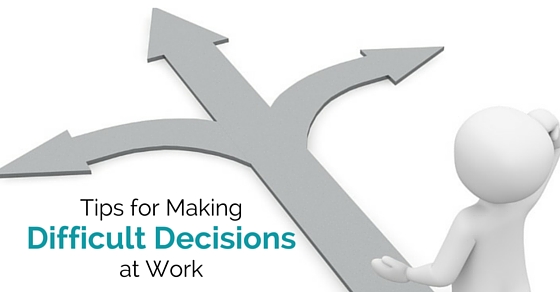
The office hums with a nervous energy. Sarah, a project manager known for her calm demeanor, sits hunched over her desk, the glow of the monitor reflecting in her furrowed brow. Deadlines loom, resources are stretched thin, and two team members are locked in a disagreement that threatens to derail the entire project. The weight of the decision, a choice that will impact not just the project but the morale of her team, is palpable in the air.
Learning how to navigate these tricky waters is a vital skill for any professional. This article offers a roadmap to help you approach difficult decisions at work with confidence and clarity.
Understanding the Landscape of Difficult Decisions
Difficult decisions at work often stem from conflicting priorities, limited resources, or ethical dilemmas. According to a Harvard Business Review article, leaders often struggle to balance short-term gains with long-term consequences. Recognizing the root cause of the difficulty is the first step towards finding a solution.
For example, a company might face a decision between cutting costs to meet quarterly earnings targets or investing in research and development for future growth. Each path has its own set of consequences, making the choice far from straightforward.
The Importance of a Structured Approach
Instead of relying solely on gut feeling, a structured approach can significantly improve the quality of your decisions. Experts at the Decision Education Foundation emphasize the importance of defining the problem clearly before seeking solutions.
Start by identifying the core issue. What are the potential outcomes? What are the values and priorities that should guide your decision?
A Step-by-Step Guide to Making Tough Choices
Here's a practical framework for tackling difficult decisions:
1. Define the Problem: Clearly articulate the issue you're facing. What are the contributing factors? What are the potential consequences of different choices?
2. Gather Information: Collect relevant data and perspectives. Talk to stakeholders, consult with experts, and research best practices.
3. Identify Alternatives: Brainstorm a range of possible solutions. Don't limit yourself to obvious choices. Explore creative options and consider the pros and cons of each.
4. Evaluate Options: Use a decision-making matrix or similar tool to compare the alternatives based on key criteria. Consider the impact on stakeholders, the feasibility of implementation, and the alignment with organizational values.
5. Make a Decision: Choose the option that best addresses the problem and aligns with your values and priorities. Be prepared to justify your decision with evidence and reasoning.
6. Implement and Monitor: Put your decision into action and track its progress. Be prepared to adjust your course if necessary.
The Role of Emotional Intelligence
Difficult decisions often involve emotions, both your own and those of others. According to Daniel Goleman, the author of Emotional Intelligence, being aware of and managing your emotions is crucial for effective decision-making.
Empathy is also vital. Understand how your decision will impact others. Consider their perspectives and concerns.
Effective communication is key. Explain your reasoning clearly and respectfully, even when delivering unpopular news.
"The best leaders are those who are able to make tough decisions while maintaining the trust and respect of their teams."
Learning from Experience
Every decision, whether successful or not, is an opportunity to learn and grow. Take time to reflect on the decision-making process.
What worked well? What could you have done differently? This continuous learning loop will help you refine your decision-making skills over time.
Consider keeping a decision journal to track your thought processes and outcomes. This will help you identify patterns and improve your future decision-making abilities.
Ultimately, making difficult decisions is an inherent part of leadership and professional growth. By embracing a structured approach, cultivating emotional intelligence, and learning from experience, you can navigate these challenges with greater confidence and create positive outcomes for yourself and your organization.

